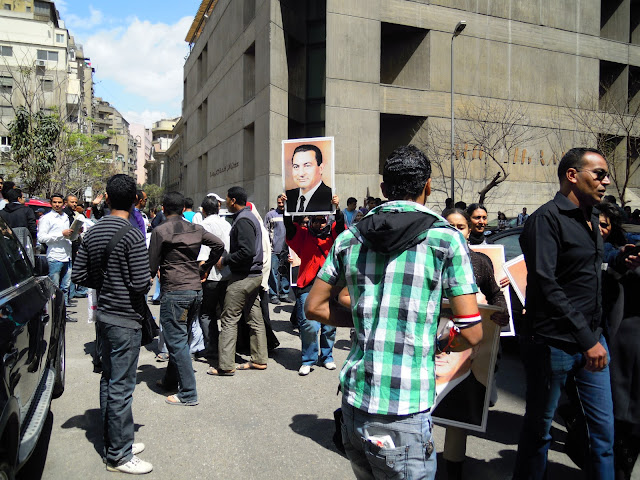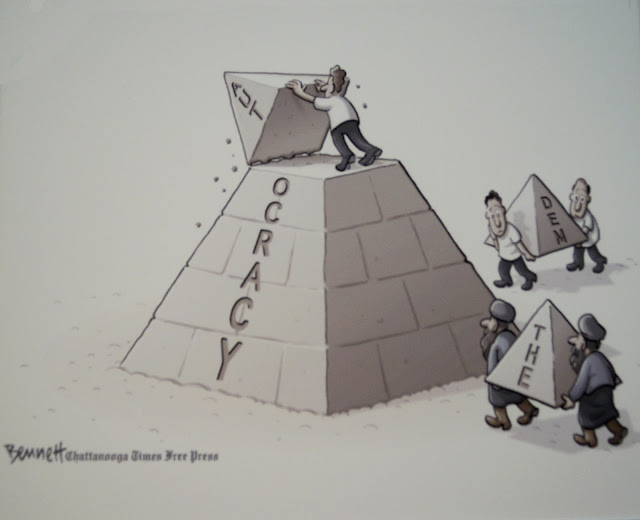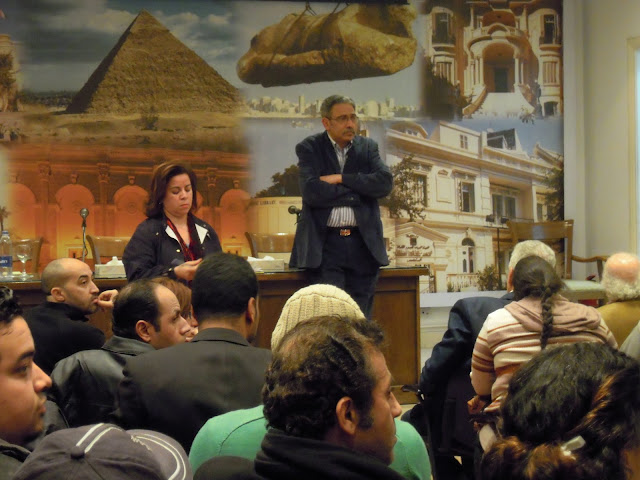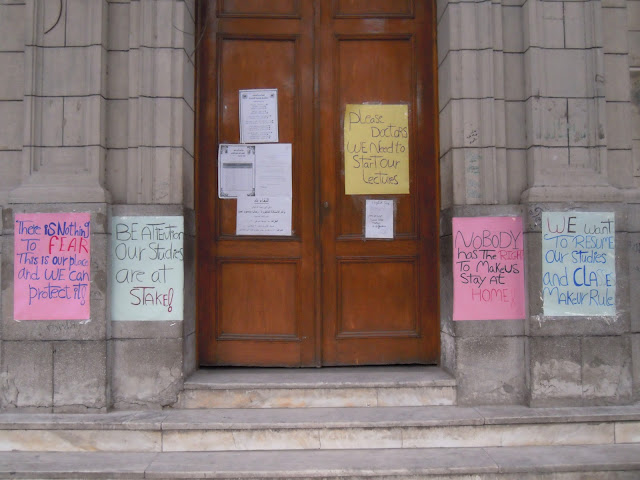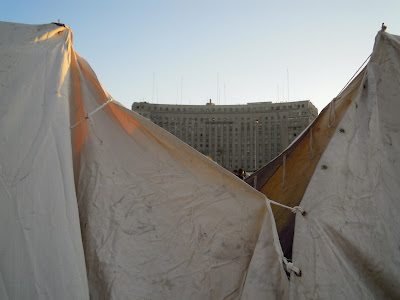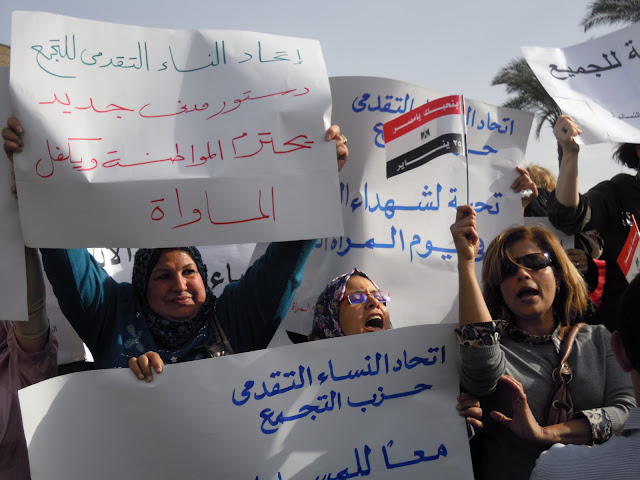In the past eight months
since the revolution already 220 political parties were prematurely delivered
out of the void. The revolutionary slogans were partially erased from the walls
of the Egyptian cities and replaced by the candidates’ names for the
approaching elections.
In Abu Kabir (Sharqiyya) the
Muslim Brothers -for the first time in history- proudly marked the balcony of
their headquarters with their religiously tinted slogans and logos. They now
form the political “Party of Freedom and Justice” (Hizb al-Hurriya wa-l-‘Adala).
Yet they are not the only
ones making publicity for their candidates. It is as if a hurricane of
political activism had passed through the cities and driven away the Ramadan
decoration, which was then immediately replaced with all kinds of painted and
printed banderoles and posters with names and faces of people who are sharing
the new experience of democracy.
Not all of the gatherings are
peaceful. Some days ago, when I drove by the children’s hospital in Old Cairo,
I saw a group of men who were decidedly and proudly marching into the opposite
direction, armed with two Kalashnikovs in full daylight. Later on, when I
mentioned this incident to an Egyptian friend, he laughed and told me that this
was completely normal, that everybody had always born arms in that quarter, but
that only now “after the revolution” they could display them openly.
In the shadow of the
emergency law (which was immediately re-introduced after the destruction of the
Israelian embassy) states-employees are struggling for “clean” elections. The
struggle is difficult and abstruse, as the newcomers have to fight against a
Kafkaesque, stagnant bureaucratic apparatus full of people who in some way or
the other were collaborating with the regime and are not planning to step down
just because their patriarch had done so. As a matter of fact, today even the
latter was rehabilitated at the moment when General Tantawi proclaimed Mubarak as
not guilty…
There is one curious political
group, which started to anonymously monopolize the beginning of the desert road
from Cairo to Alexandria with their huge publicity posters. They read: “From
Egyptian to Egyptian: Work Is Our Only Solution!” Standing in the middle of the
desert, written in English, white and red on black, the whole of it awkwardly
reminded me of the Nazi propaganda “Arbeit macht Frei!” (Work will set you
free) placed on the top of a gate which knowingly led to death; the one of the concentration
camp of Auschwitz.
Which is the audience that
the slogan “Work Is Our Only Solution” triggers? Who is it coming from? From an
English speaking Egyptian to an English speaking Egyptian who both have cars
and use the Alexandria desert road? Yes, those might be the ones who should
start to work in order to change the country! But will they remember and want
to share with the 90% of their countrymen who do not talk English, the 80% who
do not have cars and the 60% who do not have work? Will they be willing to let
them partake in power? And if they are, will the Supreme Council of Armed
Forces let them do so? If they are not, this is no social revolution and there
will be no democracy!

